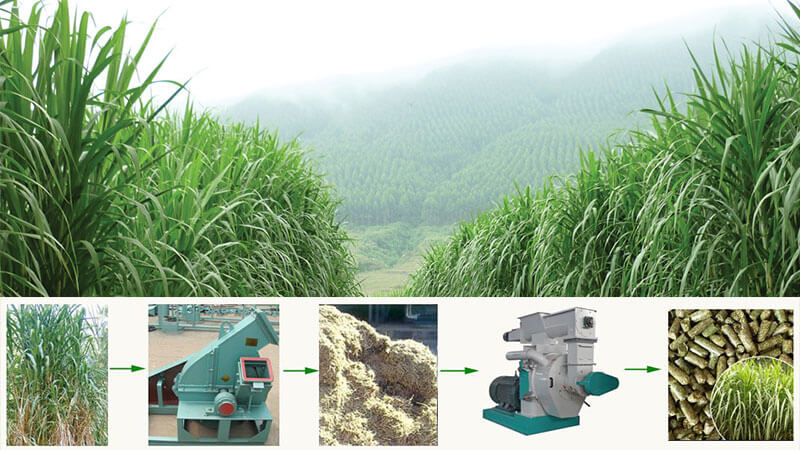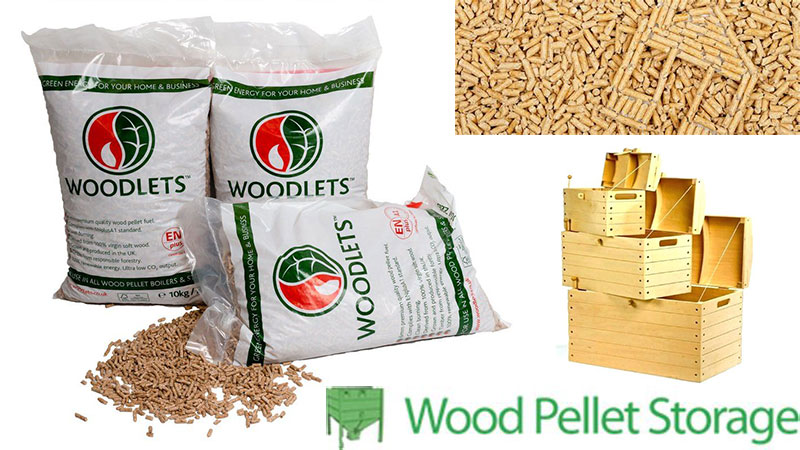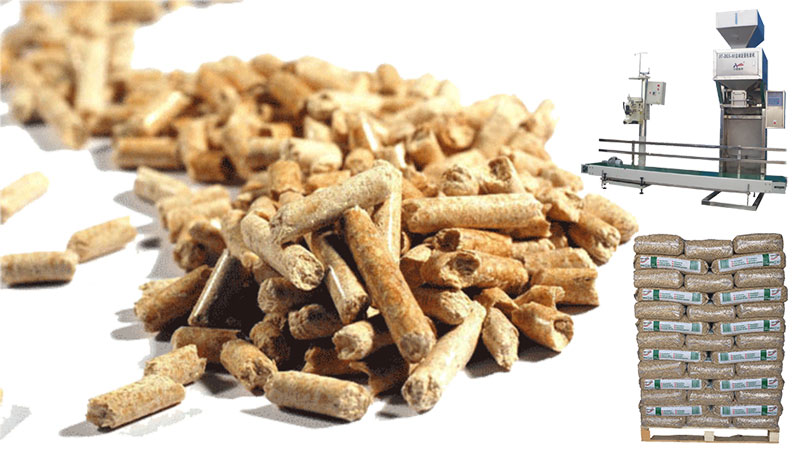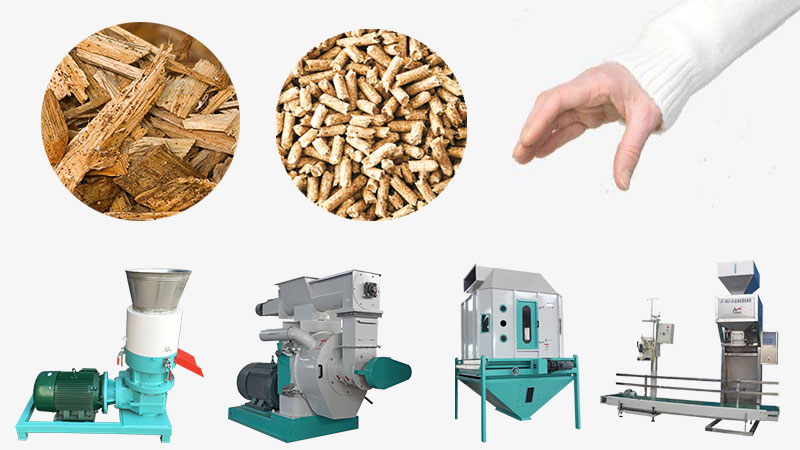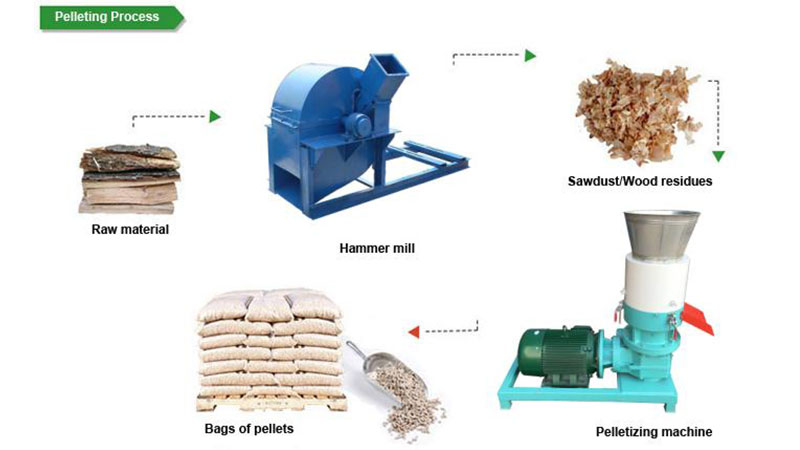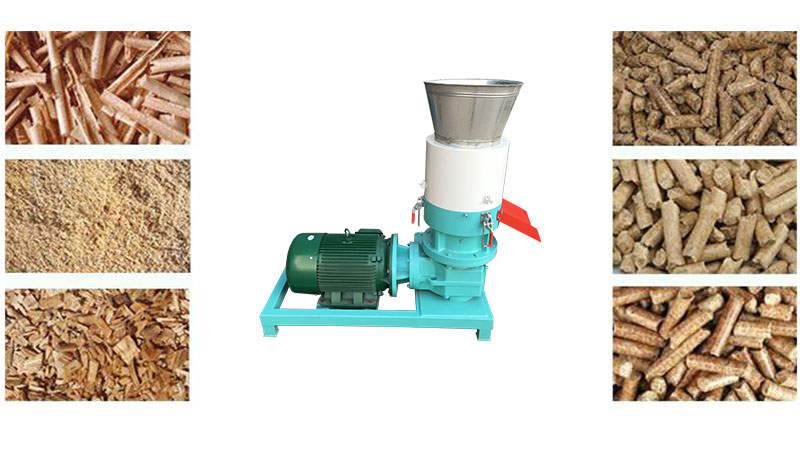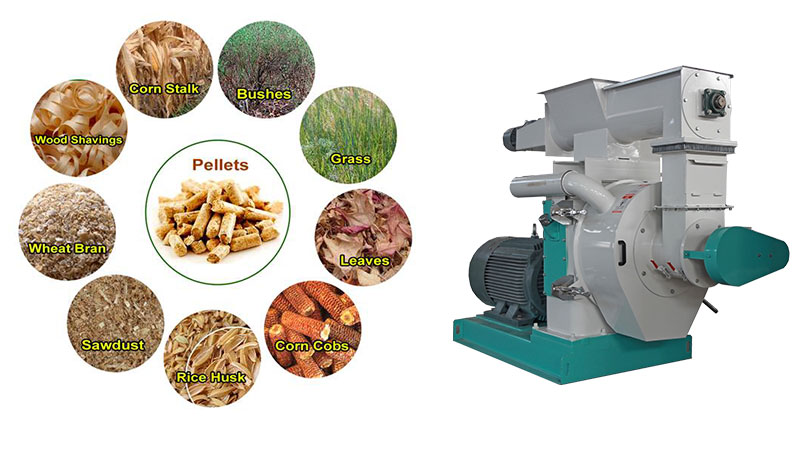It is reported that France limit the exploration of shale gas in order to protect the environment.Under the double pressure of environment and resources, people are paying more and more attention to clean and renewable biomass energy.Many explore and experiment is done on the feed-stock of bio-fuel pellets by wood pellet manufacturers around the world.
Giant King Grass pellet is an important replacement for coal in biomass power plant and other green bio-energy projects. Giant King Grass is a natural non-food crop and can be grown on marginal lands of farmland in almost all countries around the globe. It is a high-yield crop and can be harvest for four times a year. The requirements of fertilizer are modest and no pesticide is required. Giant King Grass is low cost because of its extremely high yield and meets the cost targets of green energy applications. Giant King Grass pellets can be burned as a replacement for coal or oil in electric-power plants to produce low-carbon electricity and industrial heat.
Giant King Grass also has a wide application of producing bio methane that is burned in an engine generator set to produce electricity. It is also a feedstock for second-generation liquid biofuel to replace fossil fuels such as gasoline and diesel fuel, and for green biochemicals, bio plastics and bio-materials. The leaves of Giant King Grass can be compressed into feed pellets for chevres and cattle.
GKG is a dedicated energy crop with very similar properties as corn stover, which is what remains after corn harvesting. When comparing each resource’s BTUs per dry pound, GKG comes in at 7,900, stover at 7,560, while coal is around 9,000 (depending on its quality), according to the EPA. Corn stover prices currently hover between $1.89 to $3.78 per million BTU and coal costs $2.36 per million BTU.
Giant King Grass pellets have several advantages compared to their raw biomass feed-stock. The pellets are more energy dense and easier to transport and feed into automated feed systems.These advantages, when combined with the renewable and environmentally sound properties of the feed-stock, make Giant King Grass biomass pellets a viable source of green energy.
Kukkonen said that while agricultural pellets such as GKG pellets generally have slightly lower energy content and produce more ash than wood pellets, there will be a need eventually for a wood pellet substitute because of growing worldly demands and the slower growth rate of trees.“Giant King Grass can be planted and harvested in the first four to six months, whereas a tree, if you’re looking at sustainable growth, can take four to 20 years,” he said. Giant king grass can be harvested for pellet or bio-fuel production when it is 13-16 feet tall, or every 150-180 days. In a tropical area with a 12-month growing season, it can produce a year-round supply at 167 tons per acre at 70-75 percent moisture, according to the Viaspace website.
Giant king grass can be harvested for pellet for biofuel production when it is 13-16 feet tall, or every 150-180 days. In a tropical area with a 12 month growing season, it can produce a year-round supply at 167 tons per acre at 70-75 percent moisture, according to the Viaspace website.
Kukkonen said that while agricultural pellets such as GKG pellets generally have slightly lower energy content and produce more ash than wood pellets, there will be a need eventually for a wood pellet substitute because of growing worldly demands and the slower growth rates of trees. Giant king grass can be planted and harvested in the first four to six months, whereas a tree, if you are looking at sustainable growth, can take four to 20 years. He said.
Giant King Grass Pelletizing Process
Giant King Grass pelletizing includes several steps including: drying, crushing, pelletizing, cooling and package. The core step of Giant King Grass pelletizing is press the feedstock into biomass pellets with a wood pellet machine. In order to produce high quality pellets, you should choose the pellet machine carefully according to your investment and capacity demand. Operate the machine properly.
